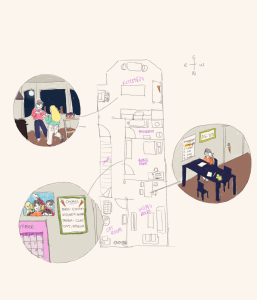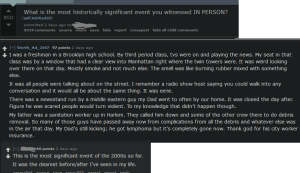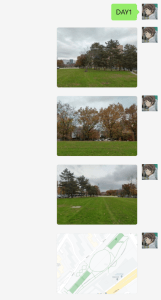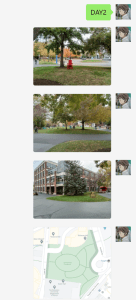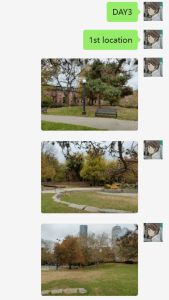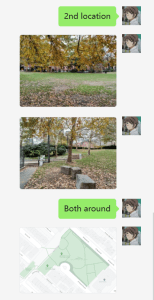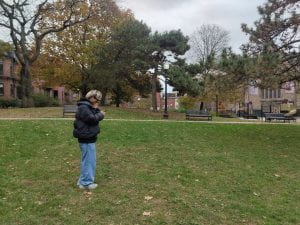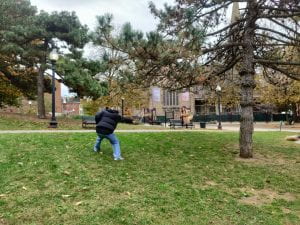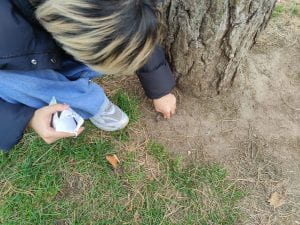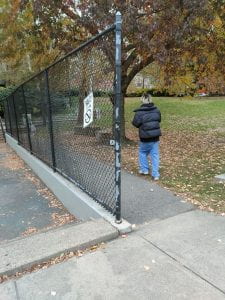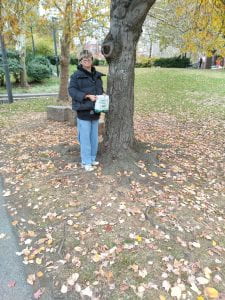Equipment:
computers with Overwatch
Something can measure heart rates/ blood pressure (apple watch, phone…)
need 2-3 players
Rules:
Players need to measure their heartbeats before and after a regular Overwatch competitive gameplay. Use the heart rates after minus the heart rates before to get the current score of players. The player with the lowest score wins the game.
Artist statement:
Overwatch is a toxic game that often leads players to experience heightened emotions during the gameplay. Defeats in the game can trigger frustration and anger. As they get rages, their blood pressure or heart rates may increase. Therefore, the person with the lowest score could be considered as the calmest. By rewarding the player who maintains the lowest increase in heartbeats, this game encourages players to stay calm and despite the toxic gaming environment. It challenges the notion that winning or losing a match is the only measure of success in gaming and suggests that emotional control is equally valuable.
Before playing:
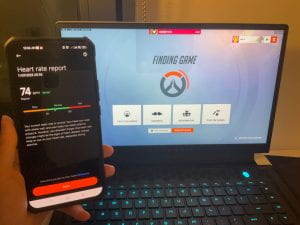
second round:
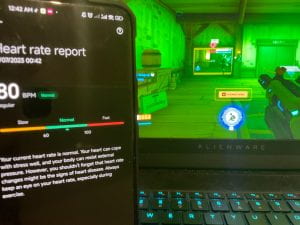
lose the game:
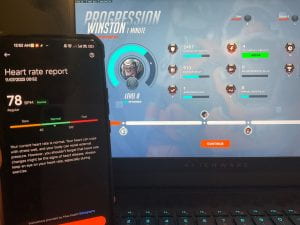
After losing for all night! (still the same heart rate)
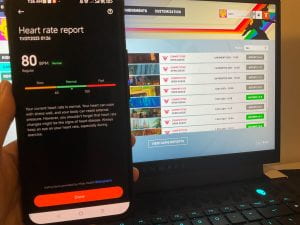
Result:
I tried to borrow my friend’s watch, but we got some time conflict so I can only use the app on my phone to measure the heartbeat instead. I played this game several times myself. But measuring with my phone didn’t work as I expected. My heartbeats were 76 before playing. However, when I measured the heartbeat after an annoying and frustrating round, it was still around 80. I tried a few times and played four games in total, but the heartbeats just stick with 70 – 80. Maybe in the future, I could try to measure the heartbeats with other equipment. I found this game shares some similarities with Yoko Ono’s cut piece in that both projects explore vulnerability and emotional states. While “Cut Piece” focuses on physical vulnerability through cutting clothes, this game focuses on emotional vulnerability while playing Overwatch. On the other side, because Overwatch is such a toxic game to play, the players may face emotional stress and strain. And that can connect to Chris Burden’s “Doomed” which challenges limits of the body and personal endurance

